Backpack Essentials: On the open road
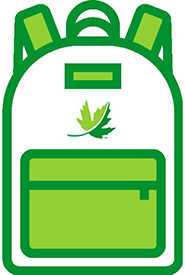
Backpack Essentials (Image by NCC)
This blog post is part of the Backpack Essentials series, a series that explores the items that Nature Conservancy of Canada (NCC) staff carry with them when heading outside. It is inspired by the quarterly Nature Conservancy of Canada Magazine...
Working in my traditional territory
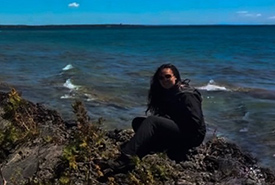
Naomi Jones (Photo by NCC)
Let me introduce myself. My name is Naomi Jones, and I am from Chippewas of Nawash Unceded First Nation, also known as Neyaahsiinigmiing. It is a First Nations reserve on the Saugeen Bruce Peninsula. I am very proud of where I come from, and I...
Travel back to the Carboniferous
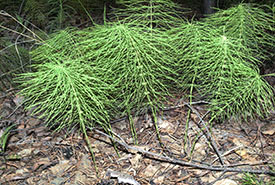
Shady horsetail (Photo by Elena Yalysheva CC BY-NC)
Alongside marshes and in forests and meadows lives a group of plants that are older than the dinosaurs. Called horsetails, these plants have had quite a trek through time. This group is also referred to as the Equisetum genus, a type of...
Hiking the big one
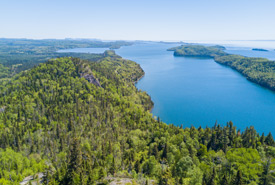
Big Trout Bay, Lake Superior, ON (Photo by Costal Productions)
My dental training and career as a research scientist have allowed me to live, work, hike, bike and paddle in fascinating ecosystems around the world, including Asia, New Guinea, Europe, Africa and the Americas. After retirement, I was fortunate...
Nature knows no borders: Why Canada–United States conservation matters
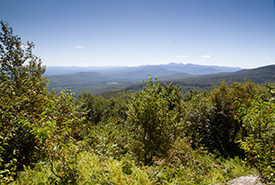
Green Mountains, QC (Photo by NCC)
Have you ever crossed the Canada–U.S. border by land? If so, you’ve probably noticed that the transition from one country to the other is almost seamless, not counting the mandatory stop at the customs office. I have vivid memories of...
Zebra and quagga mussels: Tiny but terrifying invaders
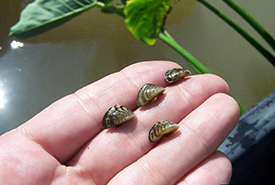
Zebra mussels (Photo by Michael Massimi, Barataria-Terrebonne National Estuary Program/Bugwood.org)
As motivated and concerned members of the community, there are countless opportunities to reduce our carbon footprint, protect habitat and conserve biodiversity. Invasive species are just one piece of the puzzle, and the good news is that...
Saving the bees: Plants to help our buzzing buddies
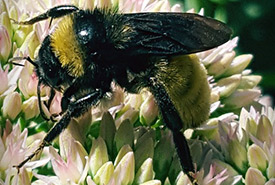
American bumble bee (Photo by K.S. Gardener/iNaturalist)
Humans have a very delicate relationship with bees. Despite their importance, many of us fail to understand just how much bees impact our daily lives — and how much we’re putting them at risk. Canada has over 850 native bee species,...
Connecting to the land through conservation
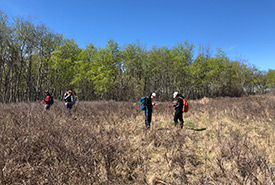
We spent the morning walking NCC’s Ursulan property. (Photo by NCC)
On my first field day with the Nature Conservancy of Canada (NCC), I was expecting a rigorous day of mapping, tracking and other GPS functions I don’t understand. Instead, I found myself birdwatching my way around a beautiful piece of NCC...
Our bird populations need your help
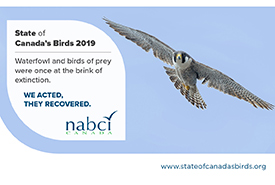
Peregrine falcon (Photo by Jacques Bouvier)
As summer emerges, Canadians are enjoying nicer weather and the sights and sounds that nature brings us. But bird songs, once a familiar sound, are become increasingly faint whether at the local park or in our own backyard. The 2019...
Sleepflying is the new sleepwalking: Species and their sleeping patterns
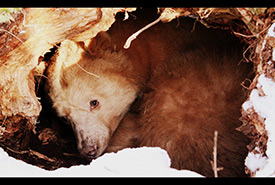
Grizzly bear cub denning (Photo by Sarah Whynne CC BY-NC 2.0)
Sleep. We all need it, and we all want more of it. Whether you’re an early riser or a night owl, sleep is an important part of human development and health. Sleep helps heal and repair your heart and blood vessels, and lack of sleep can...

